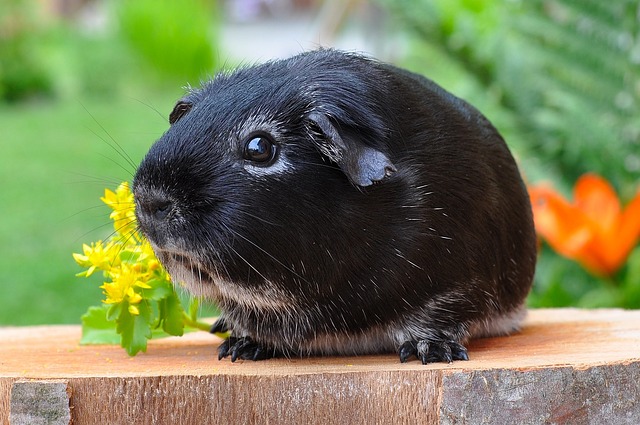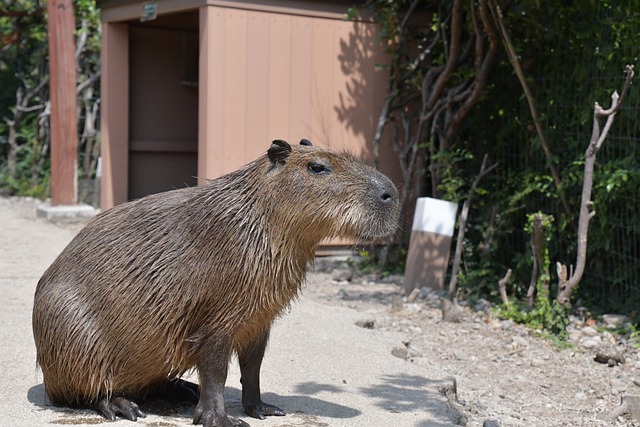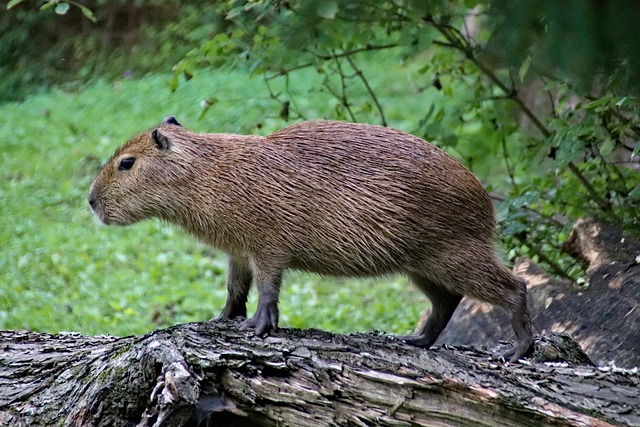Mice and guinea pigs should not be housed together.
While they are both small animals, they have different social and behavioral needs. Guinea pigs are social animals that require the company of other guinea pigs, while mice are more solitary animals that prefer to live alone or with other mice.
Additionally, mice can be aggressive towards guinea pigs, and guinea pigs may accidentally injure mice due to their larger size and different behavior.
Providing each animal with appropriate living space and socialization opportunities is essential.
If housed together, this can lead to conflicts between the two species.
Additionally, mice are much smaller and more agile than guinea pigs, which can put them at risk of injury if housed together.
Housing Requirements
When considering housing for mice and guinea pigs, it is essential to consider their individual needs.
While these two species can potentially live together, ensuring their housing requirements are met is essential to promote a healthy and stress-free environment.
Mice Housing Needs
Mice require a secure and enclosed space to prevent them from escaping. They are social animals and should be housed in groups of the same sex.
The enclosure should be large enough for exercise and exploration, with enough space for each mouse to have their hiding spot
. A minimum of 200 square inches per mouse is recommended.
Mice also require a nesting area to create a comfortable and warm space to sleep. This can be provided as a small box or a nest of soft materials such as shredded paper or cloth.
Guinea Pigs Housing Needs
Guinea pigs require a larger enclosure than mice, with a minimum of 7.5 square feet of space per pig. The enclosure should be secure and provide ample space for exercise and exploration. Guinea pigs are social animals and should be housed in pairs or groups of the same sex.
In addition to space, guinea pigs require a comfortable sleeping area. This can be provided as a hideaway or a small hut made of wood or plastic. Guinea pigs also require a constant supply of hay to help maintain their dental health.
Overall, when housing mice and guinea pigs together, it is essential to meet the individual needs of each species.
Providing adequate space, hiding spots, and comfortable sleeping areas can help promote a healthy and stress-free environment for both animals.
Dietary Needs
Mice and guinea pigs have different dietary needs, which should be considered when deciding whether to house them together.
Mice Dietary Needs
Mice are omnivores and require a balanced diet of protein, carbohydrates, and fats. They also need fresh fruits and vegetables to get enough vitamins and minerals.
Mice have a high metabolism and need to eat frequently throughout the day. A diet that is too high in fat or sugar can lead to obesity and health problems.
Guinea Pigs Dietary Needs
Guinea pigs are herbivores and need a diet that is high in fiber. They require fresh hay, such as timothy hay, vegetables, and fruits.
Guinea pigs cannot produce vitamin C, so their diet must include foods rich in this vitamin. Like mice, guinea pigs need to eat frequently throughout the day.
It is essential to ensure that each animal receives the appropriate diet for their species to maintain their health and well-being.
Behavioral Differences
Mice Behavior
Mice are generally active and curious creatures. They enjoy exploring their environment and are known to be social animals.
They are also known to be territorial and may become aggressive towards other mice if they feel their space is being invaded.
Mice are nocturnal and are most active during the night. They communicate with each other through a variety of sounds, including high-pitched squeaks and chirps.
Guinea Pigs Behavior
Guinea pigs are generally docile and social creatures. They enjoy interacting with their owners and other guinea pigs.
They are also known to be territorial and may become aggressive towards other guinea pigs if they feel their space is being invaded.
Guinea pigs are diurnal and are most active during the day. They communicate with each other through a variety of sounds, including whistles, chirps, and squeaks.
That’s all for the section on behavioral differences.
Health Risks of Co-Habitation
Co-habitation of mice and guinea pigs may seem convenient, but it has potential health risks for both species.
One of the main concerns is the transmission of diseases. Mice can carry various diseases, such as salmonella, hantavirus, and lymphocytic choriomeningitis virus (LCMV), which can be transmitted to guinea pigs.
These diseases can cause serious health problems in guinea pigs, including respiratory infections, diarrhea, and even death.
Another issue is the difference in dietary needs between the two species. Guinea pigs require a diet high in vitamin C, which is not required for mice.
If fed the same food, guinea pigs may develop a vitamin C deficiency, which can lead to scurvy. Additionally, guinea pigs produce their vitamin C, while mice do not so they may compete for the same resources.
Finally, mice are known to be more active and may cause stress to guinea pigs, who are generally more relaxed.
This stress can weaken the immune system and make guinea pigs more susceptible to diseases.
In summary, while co-habiting mice and guinea pigs may seem like a good idea, it can pose serious health risks to both species. It is recommended to keep them separated to ensure their health and well-being.
Understanding Mice and Guinea Pigs
Mice Characteristics
Mice are small rodents that are commonly kept as pets. They are social animals and enjoy living in groups. They are also very active and require a lot of exercise. Mice are known for their agility and speed, which allows them to escape from predators easily. They have a keen sense of smell and can communicate with each other through various vocalizations.
Guinea Pigs Characteristics
Guinea pigs are also small rodents that are commonly kept as pets. They are social animals and enjoy living in groups. They are known for their docile nature and are often kept as pets for children.
Guinea pigs are not as agile as mice and are not as fast, which makes them less likely to escape from predators. Their unique vocalization system allows them to communicate with each other and their owners.
While mice and guinea pigs share some similarities, they have distinct characteristics that make them unique. It is essential to understand these differences when considering whether or not they can live together.
Conclusion
In conclusion, while mice and guinea pigs may seem like they could live together peacefully, it is not recommended. These species have different dietary needs, social behaviors, and communication methods. Putting them together could result in stress, aggression, and potential harm to one or both animals. It is best to house them separately to ensure their health and well-being.









